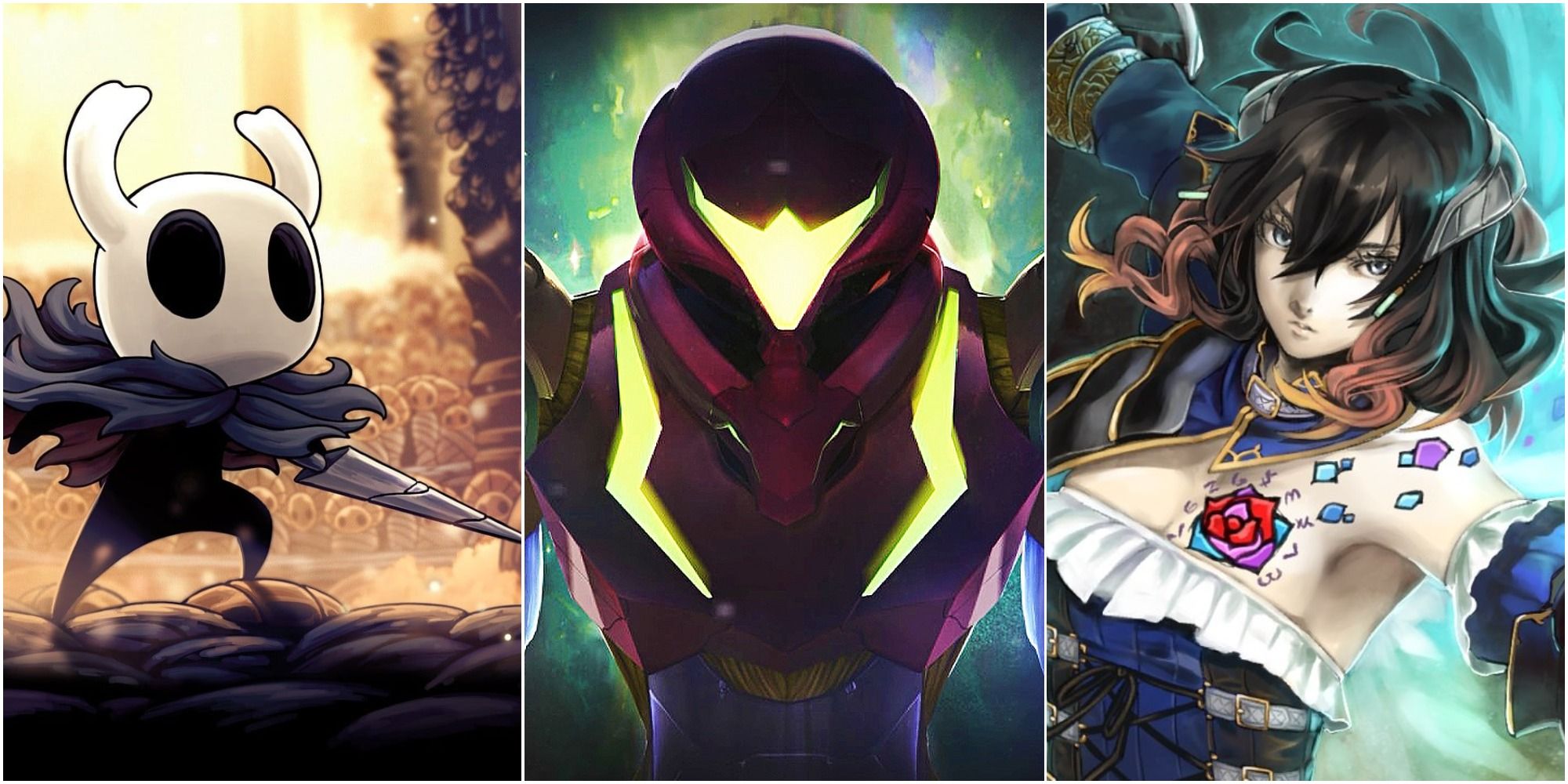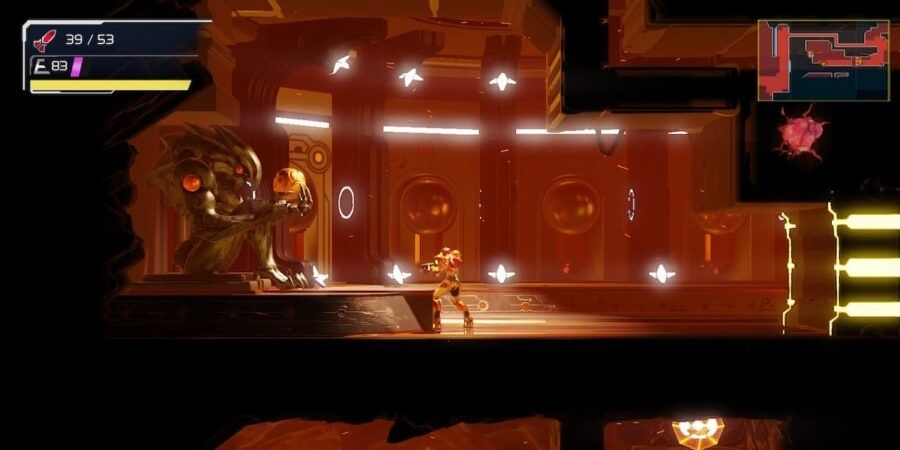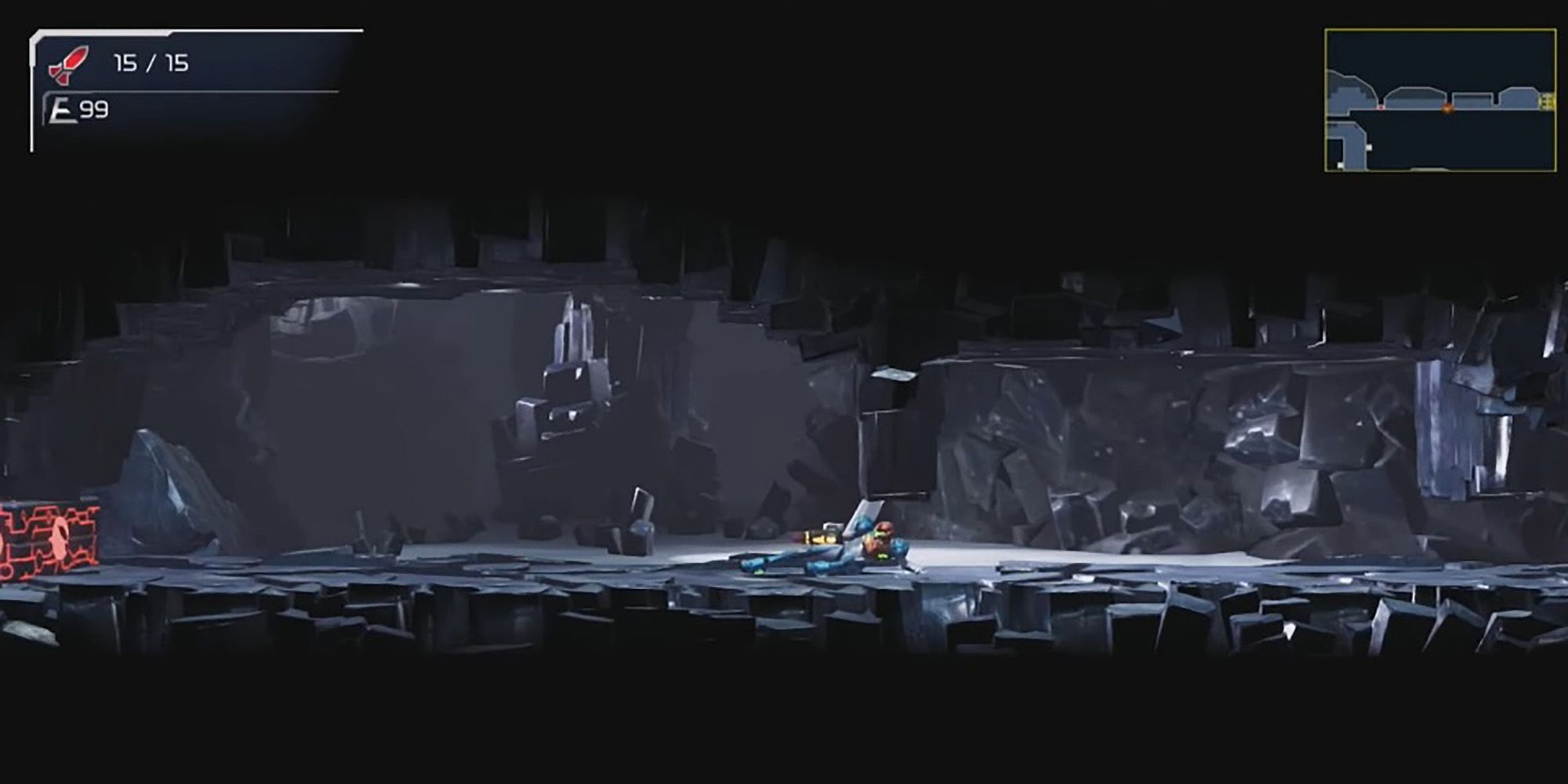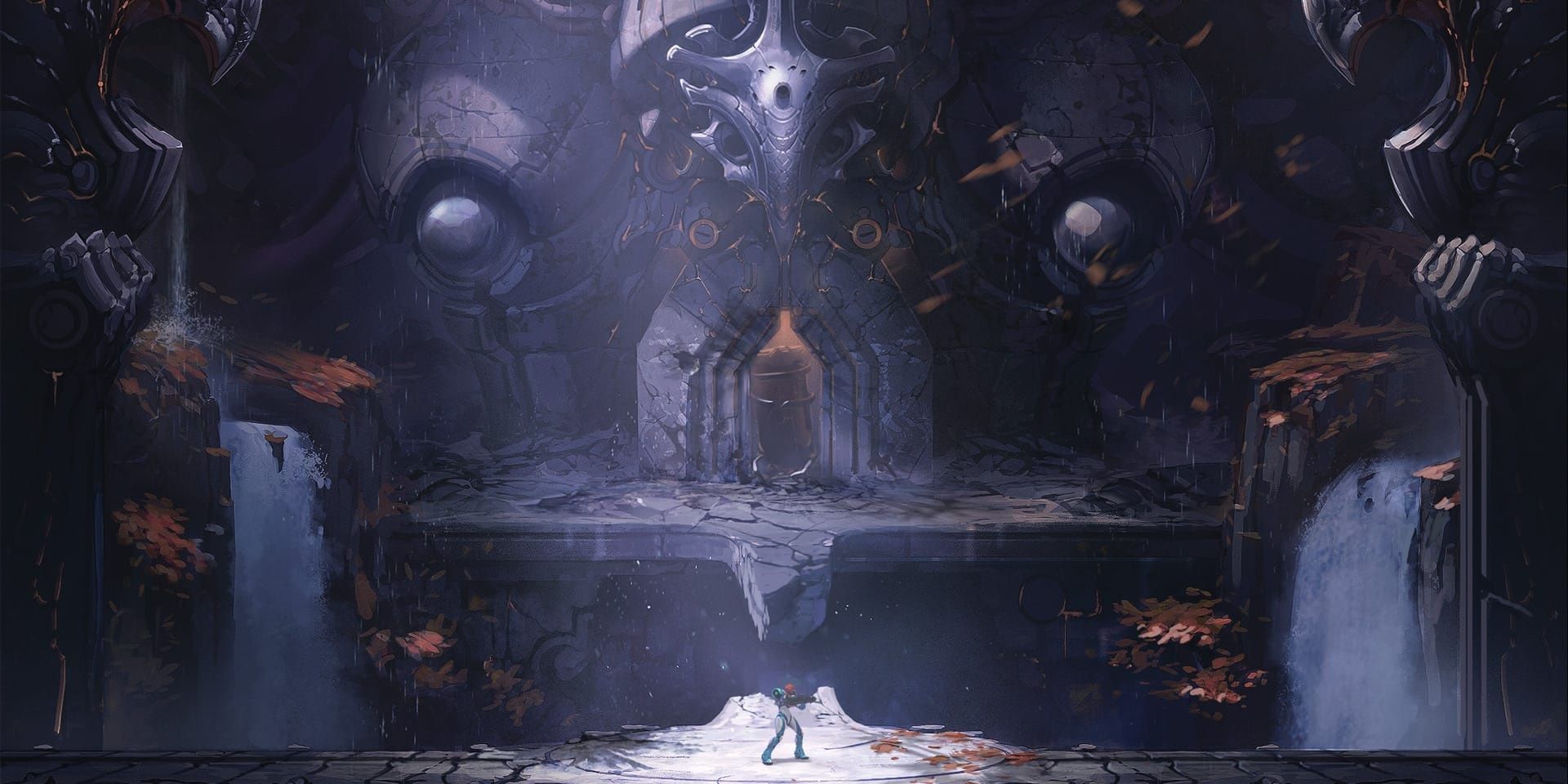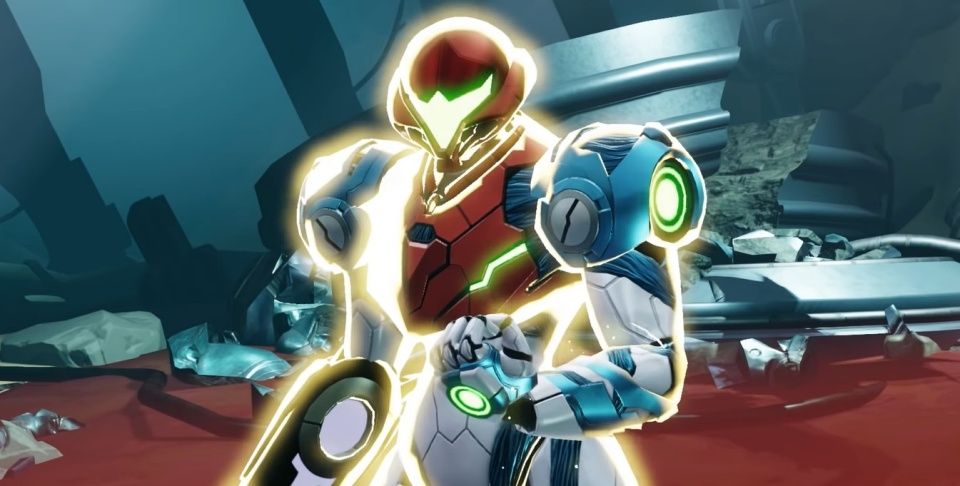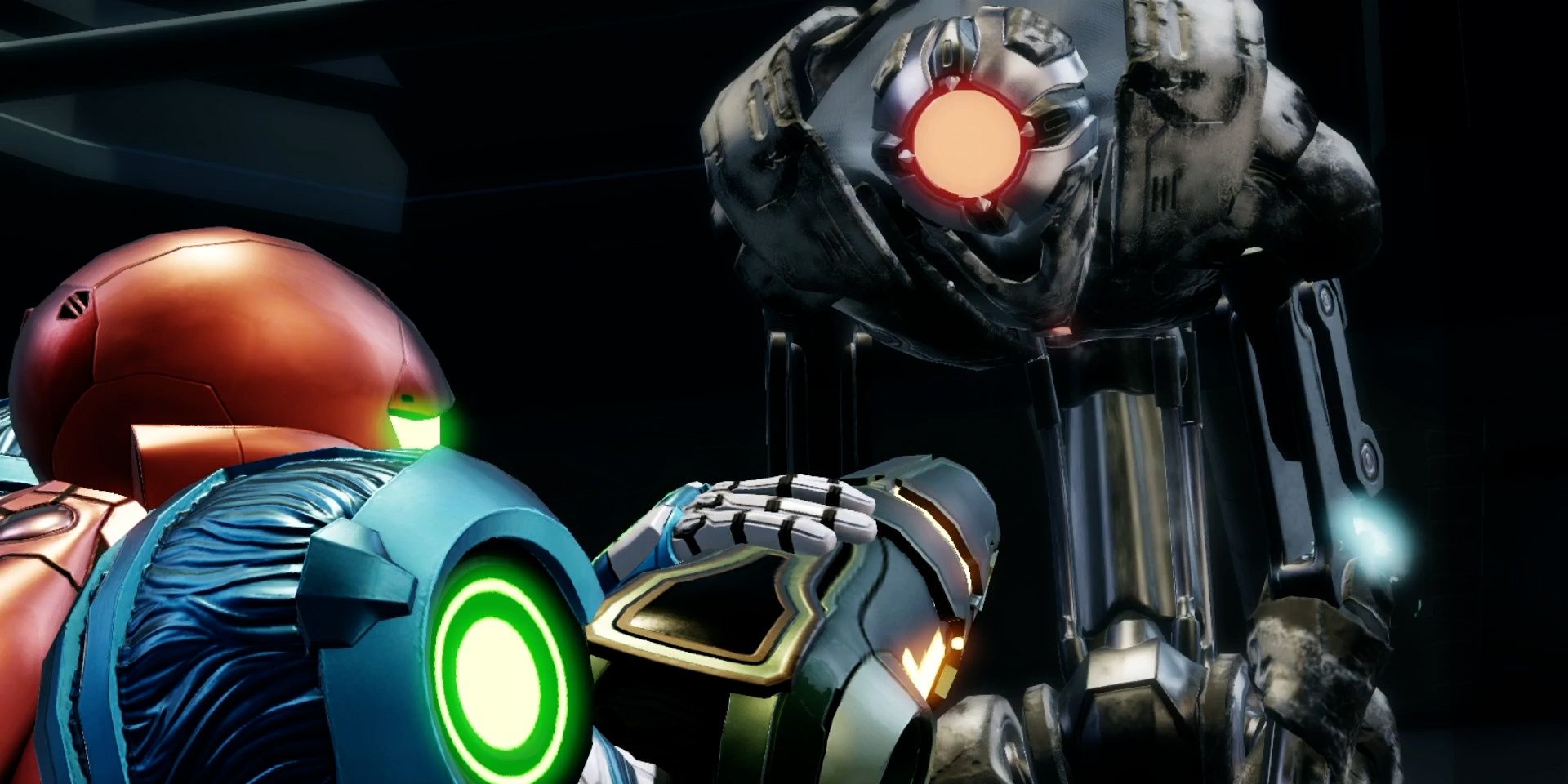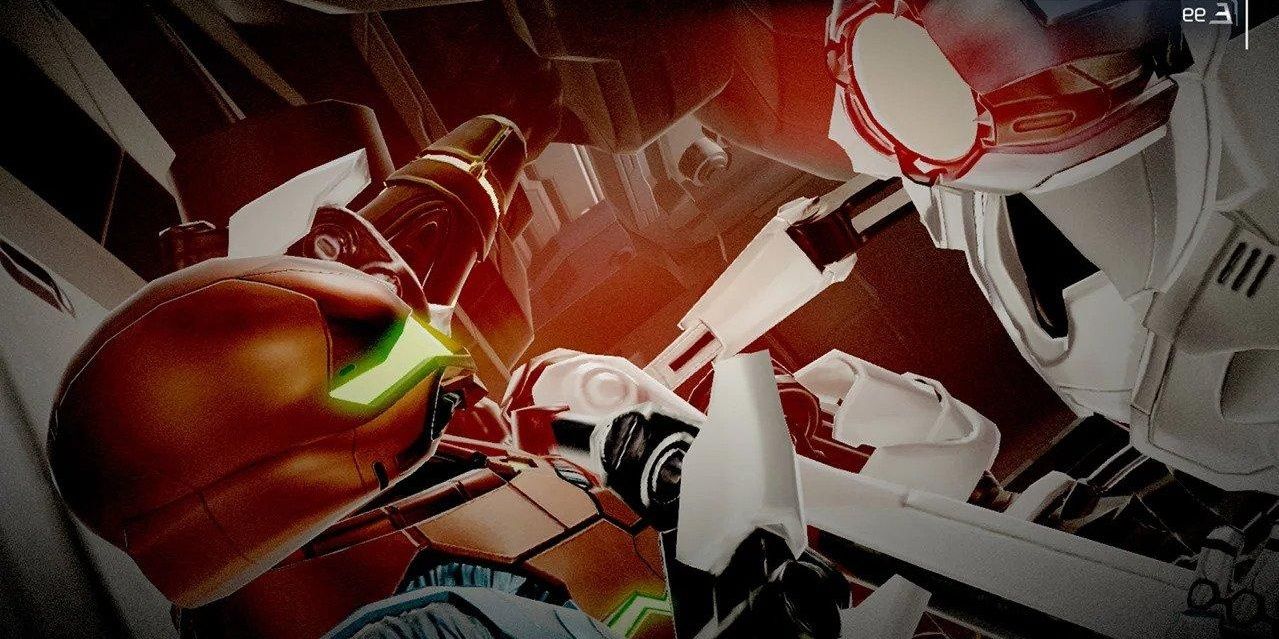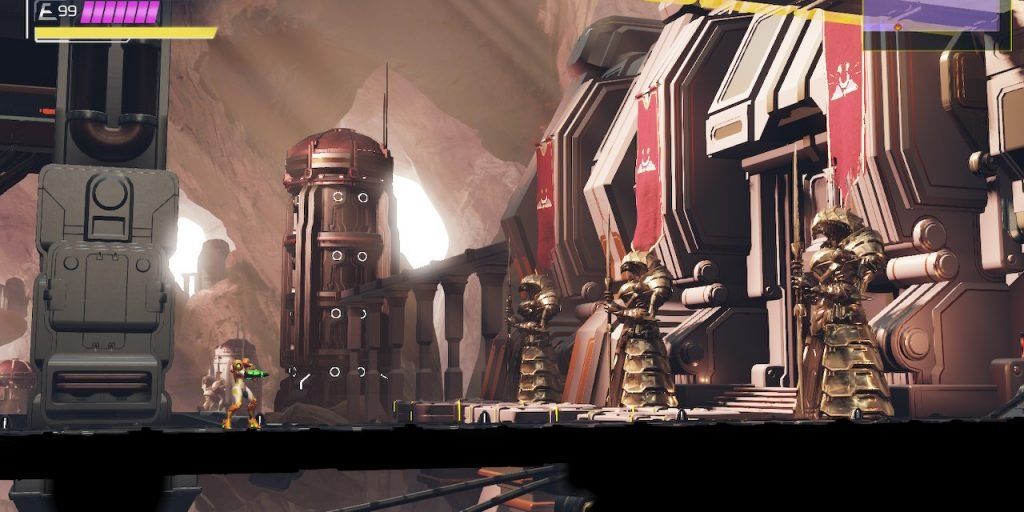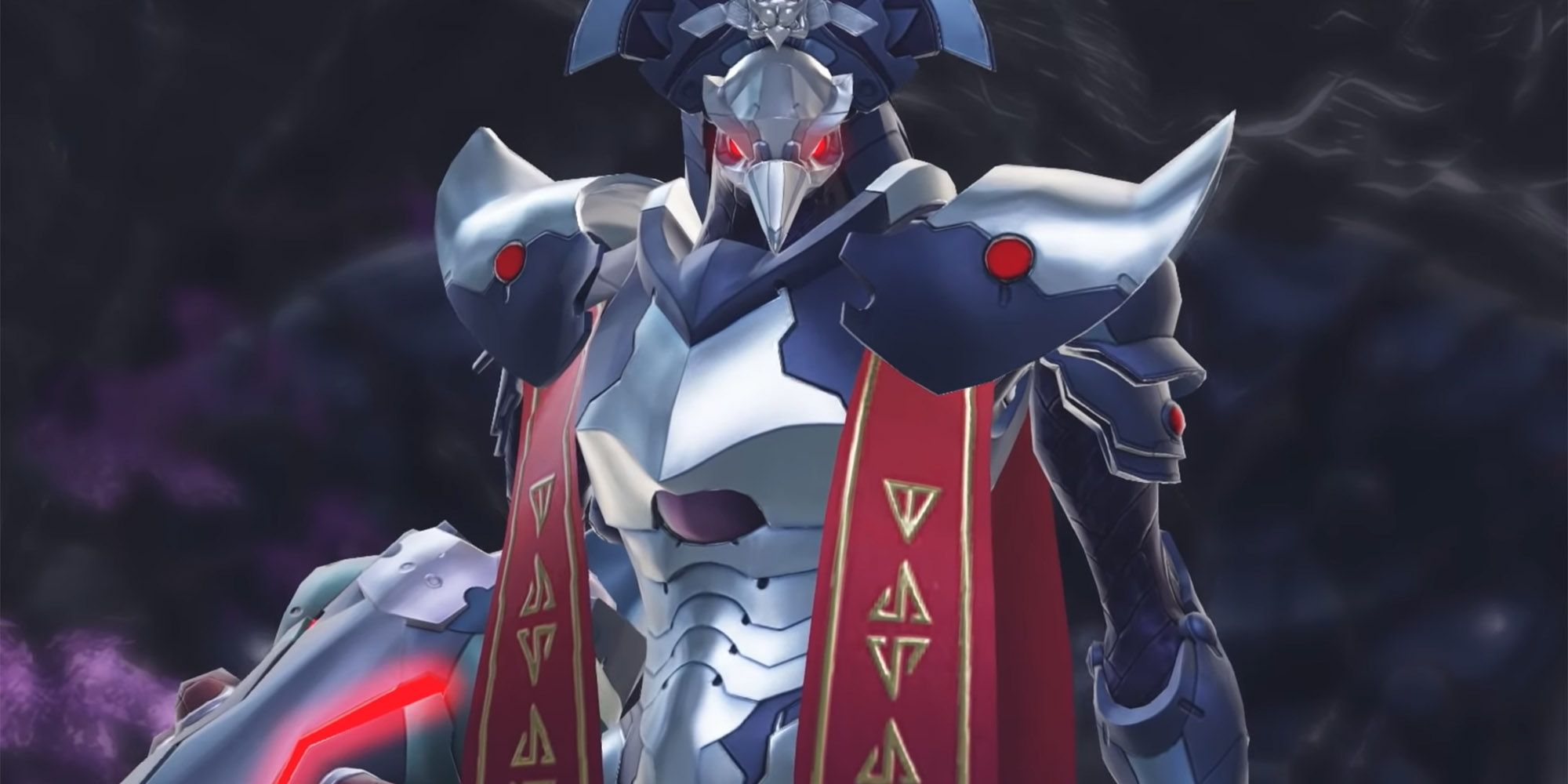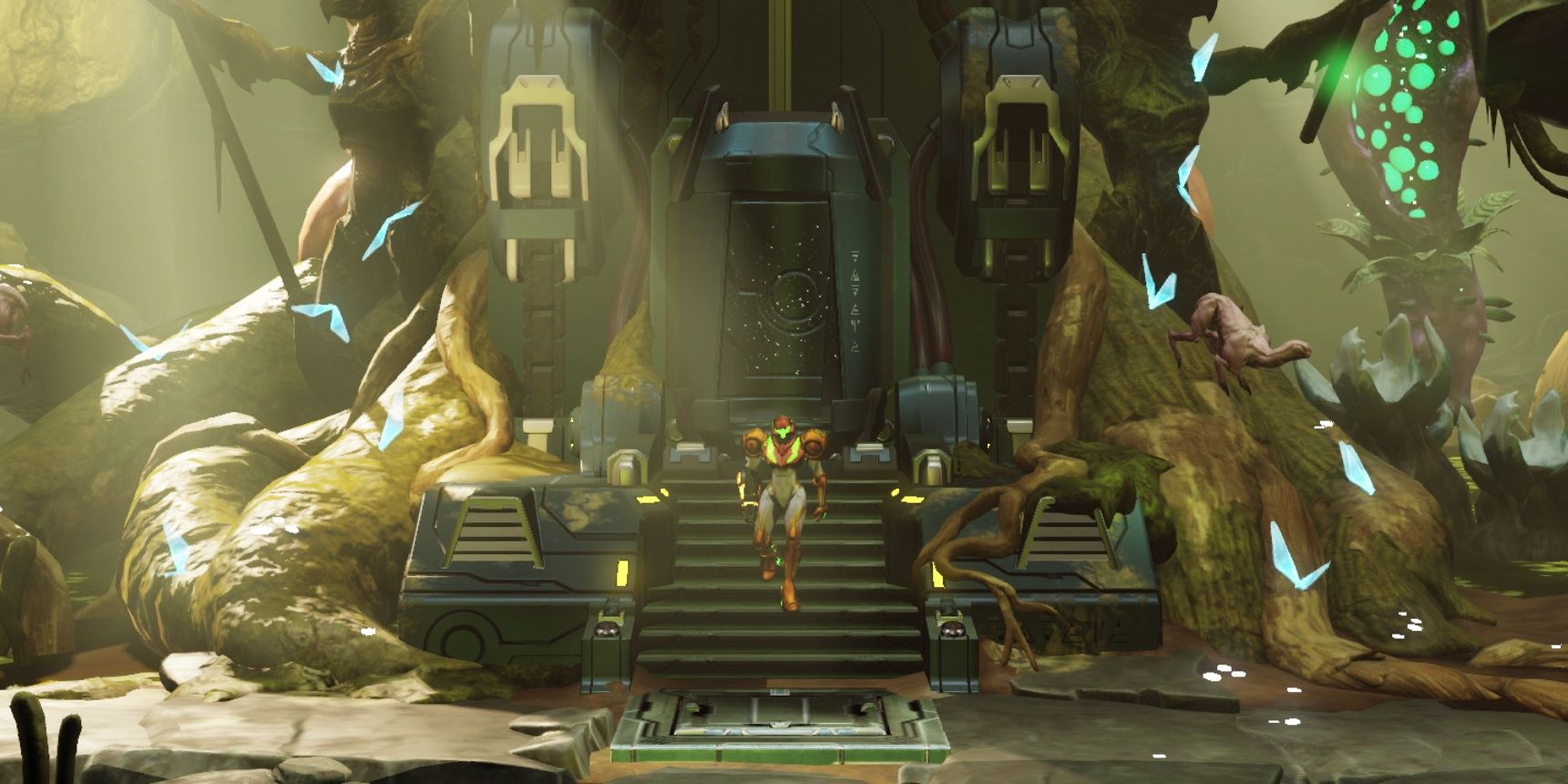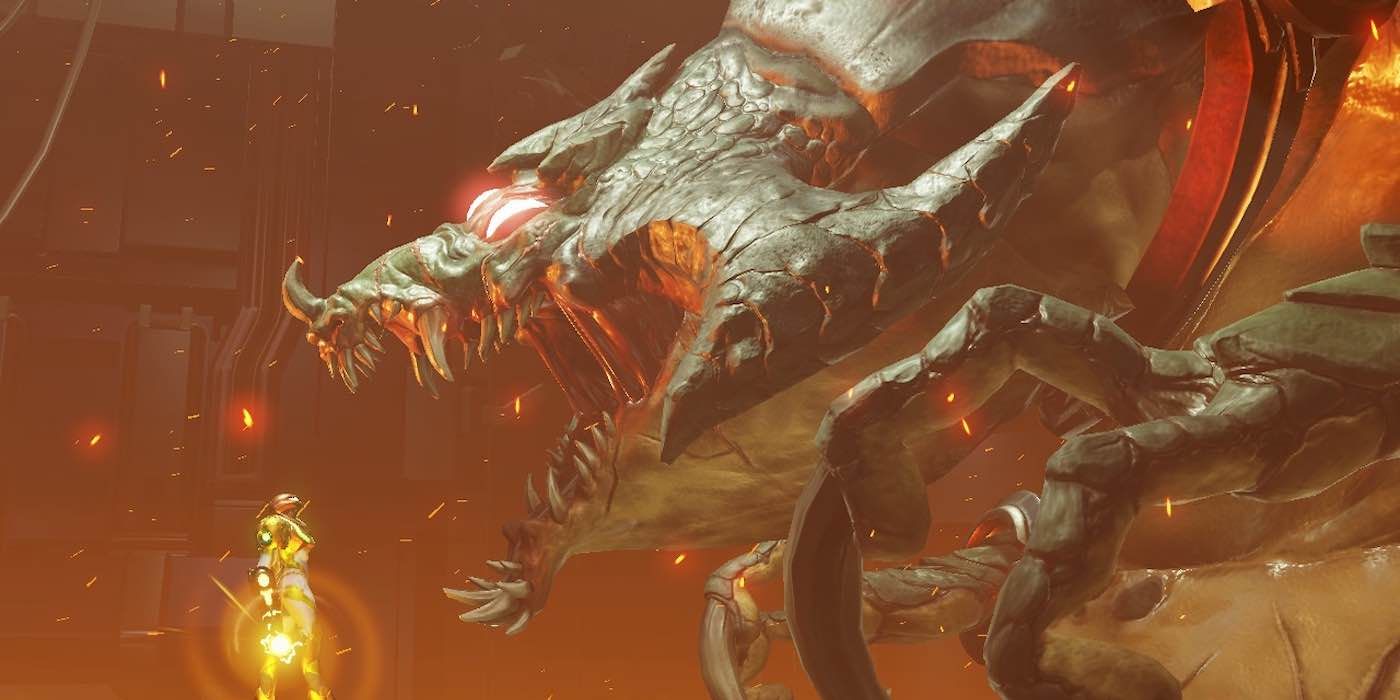The Metroid game that many players had long presumed dead has finally made its way to the Switch. Originally announced back in 2005, Metroid Dread has undergone a long journey, and it has satiated a fanbase that's been starving since the 2007 title Metroid Prime 3.
In that long period of time, many different developers tried to fill the 2D Metroid void that Nintendo had left in the hearts of gamers. While a few games, such as Guacamelee and Hollow Knight, have managed to bring something new to the genre, there are some valuable lessons to learn from Samus Aran's latest mission.
10 Don't Hold The Player's Hand
Many games come to mind that feature a fantastical setting where the immersion is completely ruined by incessant hand-holding. Rapture in BioShock is an underwater city filled with so much character and atmosphere, but all the mystique is ruined by a big arrow telling the player where to go next.
Metroid Dread doesn't really offer any objective or destination markers, which may prove frustrating to some. Others might see that as part of the challenge and a design decision that makes the world feel more immersive.
9 Make The Game World Open Up Organically
One of the most boring tactics that Metroidvanias use to bar later areas is by making literal or figurative gates that can only be unlocked by blasting them with a certain power-up. In the context of the story, there is no narrative reason for there to be a door that can only be destroyed by a certain weapon.
It's only there to give the game world a sense of structure, but it makes the world feel less real and organic. Metroid does tend to succumb to this pitfall, but certain barriers in Dread feel much less contrived, like the areas that require Samus to slide underwater.
8 Give Locales A Distinct Look And Feeling
One of the main appeals of a Metroidvania is the prospect of exploring a vast interconnected world with different locales. However, if all the areas look the same, navigation is confusing and dull. ZDR avoids that with areas that feature a distinct feel and atmosphere.
Some areas are cold and mechanical, while others feel more organic and untouched. The metallic and industrial research facility Dairon feels completely different from the lush and green underground jungle of Ghavoran. Players who go into Dread will look forward to seeing what the next areas will look like.
7 Give Players A Sense Of Empowerment
Players love to complain about how every installment strips Samus of her iconic moveset at the start of every adventure. However, this does serve the purpose of making her feel progressively more powerful as the game goes on. In addition to old favorites like the morph ball and missiles, this old bounty hunter learns some new tricks during her mission on ZDR.
The phantom cloak, the spider ability, and the flash shift are just three of the brand new moves that players will discover as they progress through the game.
6 Don't Sacrifice The Challenge As The Player Gets Stronger
Even some of the best Metroidvanias fail to provide players with a sense of progressing difficulty. Part of this can be attributed to the nature of leveling up and getting stronger. While it can be rewarding for players to return to the early parts of the game and get some revenge on enemies that previously gave them a hard time, new areas and creatures still have to provide a credible threat. After all, an adventure without a sense of danger is hardly an adventure.
Fortunately, no matter how strong Samus gets, an E.M.M.I. can take out any foolhardy player who does not proceed with the proper amount of caution.
5 Don't Get Stingy With The Checkpoints
The insta-kill attacks by the E.M.M.I.s could have ruined the game's flow if it weren't for the convenient checkpoints that immediately let players try again. The chase sequences with these mechanical monstrosities are deliberately designed to be solved through a mixture of trial and error and memorization. However, the punishment for failure is never too severe.
It would have been devastating to go through a long trek only to mess up during a chase sequence and have all that progress be undone. Metroid Dread manages to pull off being difficult without becoming overly frustrating.
4 Make Backtracking Fun
Backtracking is a hallmark of Metroidvanias as players receive new abilities that allow them to access previously inaccessible areas. Backtracking is rarely something that players look forward to, but it can prove to be enjoyable if the way to get around is fun and the worlds are interesting enough to warrant a hike back.
The Metroidvanias that botch backtracking are the ones where the character moves awkwardly and slowly through worlds that are big and sparse. Metroid Dread gives players a sense of fluidity in their movement as Samus runs, slides, and dashes throughout the planet ZDR.
3 Let The Game's World Tell The Story
Metroid Dread does feature more voiced dialogue and cutscenes than previous 2D entries, but it doesn't make the same mistake as Metroid Other M by featuring an intrusive and didactic story. Dread goes for a considerably more minimalist approach.
Samus doesn't speak much in this game, but she's not entirely mute, nor does she feel the need to give the player monologues that explain plot points the player easily could have surmised themselves. Dread has the confidence to let the atmospheric world tell the story, with once-familiar areas changing subtly as the plot progresses.
2 Give Players An Incentive To Explore
There's a reason why players will scour every nook and cranny of Dracula's castle in Castlevania: Symphony of the Night. Give a gamer a big world to explore, and they'll want to venture off the beaten path and find out what surprises await them. Like every other Metroid title, Dread has hidden secrets that are just begging to be discovered.
Players can simply rush through the game if they're so inclined, but Dread rewards those who choose to stop and smell the roses. The game will test players and their ability to memorize mechanics and apply what they've learned to solve the puzzles that hide these secrets.
1 Boss Fights Should Be A Test Of What The Player Has Learned
Too many Metroidvania games get away with making bosses huge damage sponges, forcing the player to just mindlessly use their best attacks and healing items. Metroid Dread's bosses are formidable tests of the mechanics the player learns during their journey.
As the player gets new moves such as the flash shift and the storm missiles, they'll be forced to use them properly to take down the many hostile creatures that stand in their way. Some of them are old friends like Kraid, while others are brand new, such as Experiment Z-57.

